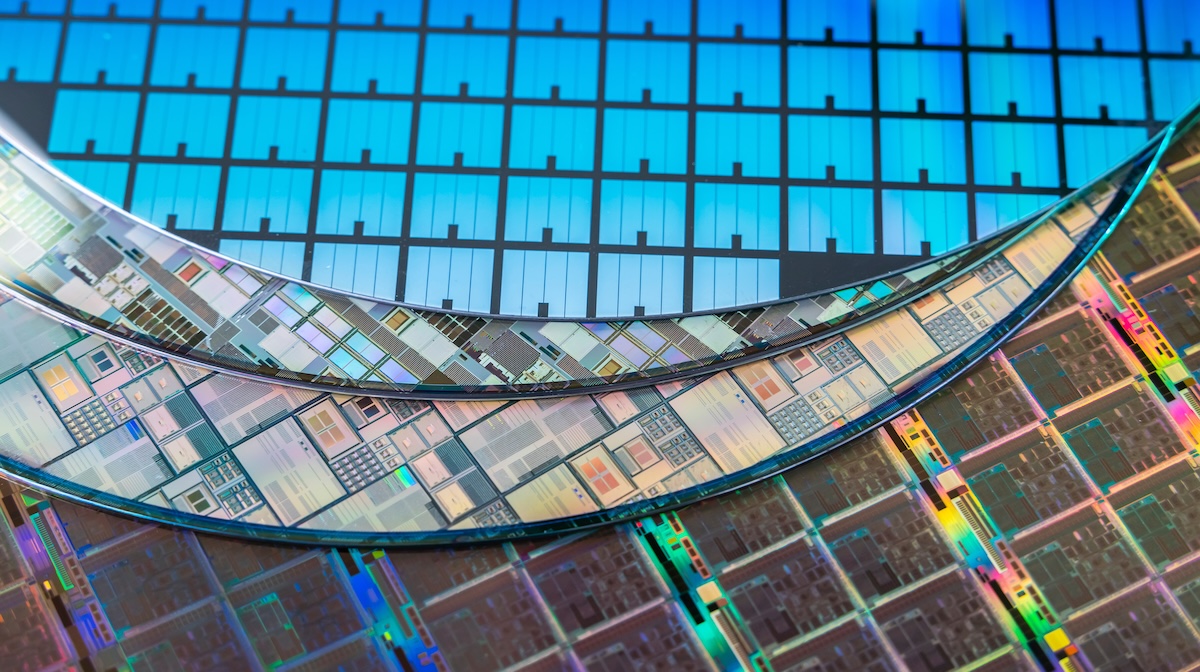The technical paper titled “What Is Next for LLMs? Next-Generation AI Computing Hardware Using Photonic Chips” explores the limitations of current computing hardware for training large language models (LLMs), which can consume substantial energy. Collaboratively authored by researchers from various prestigious universities, the paper investigates emerging photonic hardware designed for advanced AI computing. It reviews integrated photonic neural network architectures and alternative neuromorphic devices, highlighting their potential for ultrafast matrix operations. The integration of two-dimensional materials like graphene into photonic platforms is discussed for enhancing modulators and synaptic components. The paper also analyzes transformer-based architectures and evaluates methods for adapting them to this new hardware, revealing both strategies and challenges. Ultimately, the authors suggest that photonic systems could greatly improve throughput and energy efficiency over traditional electronic processors, though advancements in memory and data storage are essential for managing large datasets and longer context windows.
Source link
Strategic Roadmap for AI Hardware Development: The Essential Role of Photonic Chips in Advancing Future Language Models (CUHK, NUS, UIUC, Berkeley)

Share
Read more